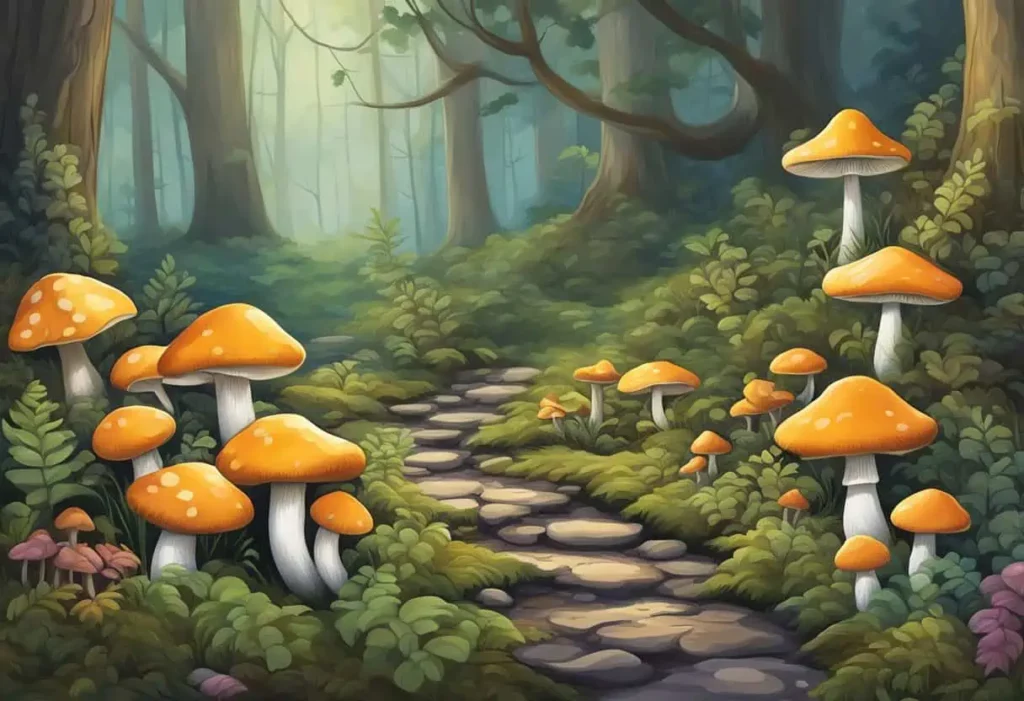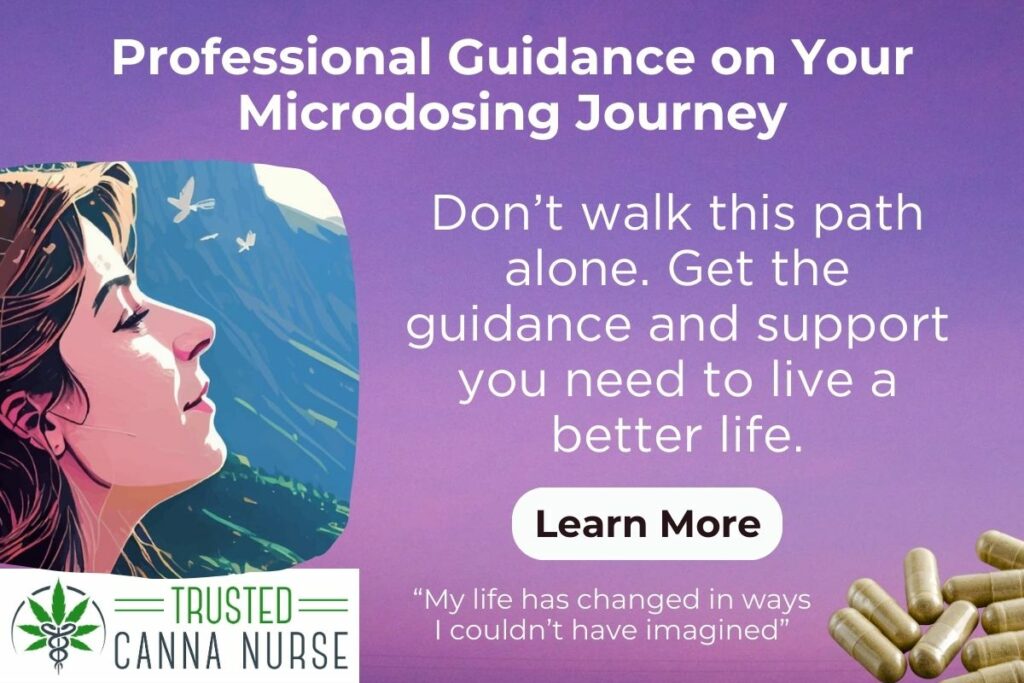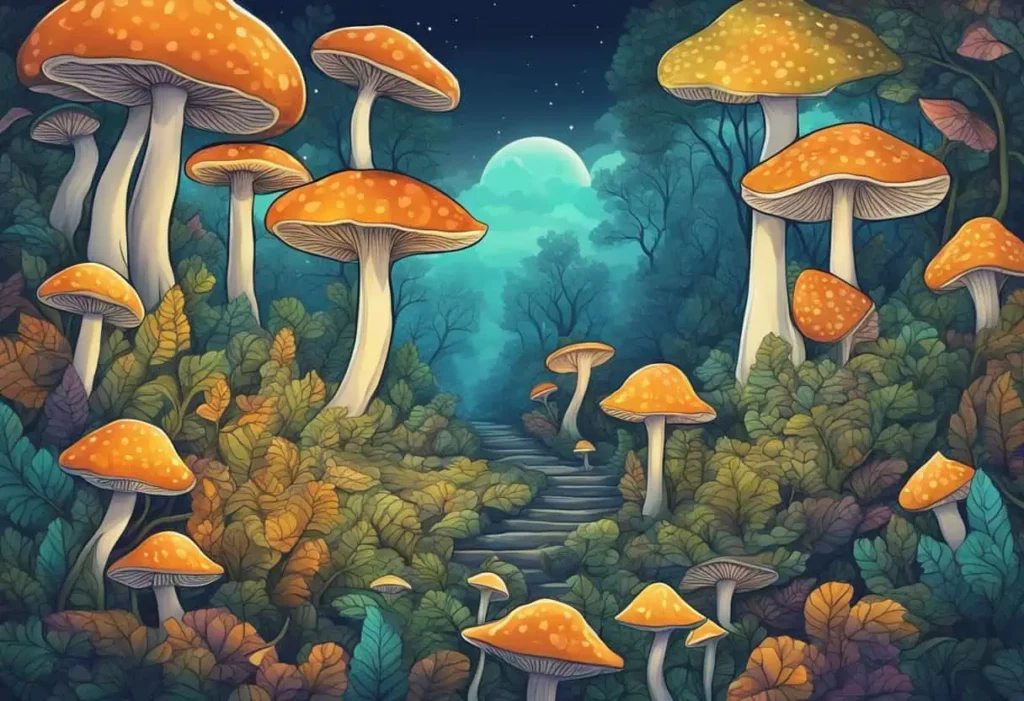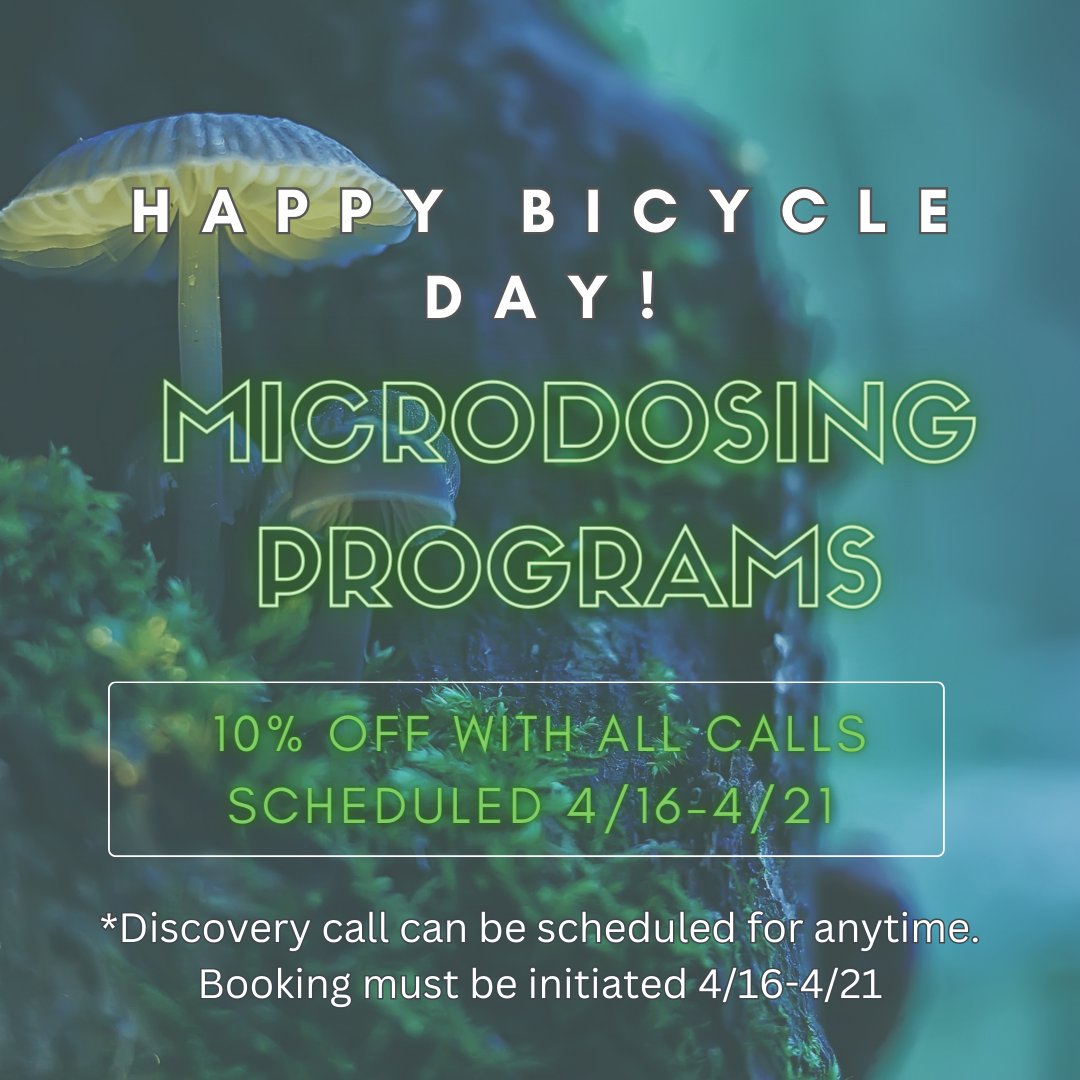When exploring the effects of psychedelic mushrooms, commonly known as shrooms, one of the most frequently asked questions is how long it takes for them to take effect. Psilocybin, the primary psychoactive compound in these mushrooms, is responsible for their mind-altering impact. The onset time can be quite variable, but typically, users begin to feel the effects anywhere from 20 minutes to 2 hours after ingestion. The duration of the experience varies from person to person and depends on several factors, including the dosage taken, the individual’s metabolism, and whether the mushrooms are consumed on an empty stomach.
The experience elicited by psilocybin mushrooms can be profound, with effects ranging from visual and sensory distortion to deep emotional and philosophical introspection. Users often report a distortion in their sense of time and a feeling of interconnectedness with their surroundings. The factors that contribute to how quickly psilocybin takes effect include the person’s body weight, tolerance to psychedelics, and the presence of other substances in the system. Understanding these elements is crucial for those considering using shrooms and could affect the overall experience, including the potential for adverse effects.
Key Takeaways
- Psilocybin mushrooms typically begin to take effect between 20 minutes and 2 hours after consumption.
- The intensity and duration of a shroom trip is influenced by dosage, individual metabolism, and whether they are ingested with food.
- Recognizing the factors that impact the onset and experience is essential for a safe and controlled psychedelic experience.
Understanding Psilocybin Mushrooms
Psilocybin mushrooms have a complex history and a variety of species and strains, each with unique characteristics. They have played a significant role in both historical and modern psychedelic applications.
What Are Psilocybin Mushrooms
Psilocybin mushrooms, commonly referred to as magic mushrooms or shrooms, are a group of fungi that contain the psychoactive compounds psilocybin and psilocin. These substances are known for their ability to induce altered states of consciousness, including changes in perception, mood, and thought.
History and Uses
The use of psilocybin mushrooms dates back thousands of years, with evidence of their ceremonial and medicinal use in various cultures. In modern times, they are both used recreationally for their psychedelic effects and researched for potential therapeutic benefits, such as treating depression and anxiety.
Species and Strains
There are over 180 identified species of psilocybin mushrooms, each varying in potency and effect. The most well-known species include Psilocybe cubensis and Psilocybe semilanceata. Different strains within these species, such as Golden Teacher or Penis Envy, offer diverse experiences, ranging in strength and type of psychedelic effects.
Preparation for Consumption
When preparing magic mushrooms for use, it is crucial to consider the method of consumption, proper dosing, and potential preparations like shroom tea and lemon tek which may affect the onset and intensity of the experience.
Methods of Consumption
Magic mushrooms can be consumed in various forms. Traditional consumption methods include eating them dry or incorporating them into food such as chocolates or gummies. Capsules are also a viable option for those seeking a consistent and discreet dose. Each of these methods can influence the time it takes for the mushrooms to take effect, with edible preparations typically requiring more time due to the digestion process.
Shroom Tea and Lemon Tek
Preparing mushroom tea is a popular method that involves steeping the ground mushrooms in hot water, which can create a more pleasant taste and potentially reduce stomach discomfort. On the other hand, lemon tekking involves soaking the mushrooms in lemon juice before consumption, which can lead to a quicker and more intense onset due to the acidic environment pre-digesting the psilocybin.
Dosage Considerations
The dosage of magic mushrooms can significantly shape the experience. A low dose often described as a “microdose,” may lead to subtle cognitive or mood alterations without intense psychoactive effects. Consumers should measure doses carefully, as too high a dose may lead to an overwhelming experience. It’s important to calibrate the dose based on individual sensitivity, prior consumption history, and the method of consumption.
The Psilocybin Experience
The journey through a psilocybin experience, often referred to as a ‘trip’, is heavily influenced by one’s physical and mental state, and the environment in which they consume the mushrooms. The effects can range from euphoric feelings to profound perceptual changes, typically unfolding in several stages over the course of several hours.
Set and Setting
The set refers to the individual’s mindset and emotional state before ingesting psilocybin, whereas the setting is the physical and social environment. Both can dramatically influence the effects and duration of the psychedelic experience. A positive mindset and a supportive, familiar environment enhance the potential for a pleasant trip, while a negative mindset and a stressful setting can contribute to an uncomfortable experience.
Effects on the Body and Mind
Psilocybin mushrooms provoke a range of effects on the body and mind, varying from person to person. The body might feel light or heavy, and some people report a sensation of the environment “breathing”. Users often experience an altered perception of time, euphoria, and visual and auditory hallucinations. The mind may encounter a mix of emotions, from intense joy to deep introspection. These effects can be profound, altering one’s sense of reality.
Timeline of Psychedelic Effects
The timeline of a psilocybin trip generally unfolds in phases:
- Come-up (20-40 minutes after ingestion): The onset of the psychedelic effects starts, with an increase in intensity of sensory perception, including brighter colors and patterns.
- Peak (1-2 hours after ingestion): Peak effects are at their highest, with intense visual and auditory hallucinations and profound changes in thought patterns and emotions.
- Comedown (2-6 hours after ingestion): Gradually, the intensity of the effects diminishes, yet some altered perception may continue until sleep.
The duration of the overall experience usually lasts between 4 to 6 hours, with residuals lingering for several hours after the main effects have subsided.

Factors Influencing Onset and Duration
The time it takes for psychedelic mushrooms, commonly known as “shrooms,” to take effect and the duration of their effects can significantly vary among individuals. These variations are mainly due to differences in dosage, potency, and individual physiological factors.
Influence of Dosage and Potency
Dosage and potency are crucial in determining both the onset and duration of shrooms experience. A higher dose of active compounds such as psilocybin leads to a quicker kick in time and can prolong the duration of the experience. Conversely, a lesser amount may take longer to manifest effects and typically results in a shorter experience. The potency of psilocybin mushrooms varies among species and even within batches, affecting both onset and duration.
Physiological Considerations
Several physiological factors impact the onset and duration:
- Metabolism: Individuals with faster metabolisms may experience quicker onset, as psilocybin is metabolized more rapidly in their bodies.
- Full vs Empty Stomach: Consuming shrooms on a full stomach can delay onset, whereas an empty stomach usually results in a faster kick in.
- Body Composition: Age, weight, and overall health affect how quickly and effectively the body processes substances like psilocybin.
- Health Conditions and Blood System: Underlying health conditions can modify physiological responses to psilocybin, as can variations in the blood system. Someone with compromised health could have a different experience in both onset and duration.
Taken together, these factors contribute to the personal nature of the psychedelic experience, with each individual’s response being a unique interplay of these elements.
Risks and Adverse Effects
While the use of magic mushrooms can lead to profound experiences, they also carry risks of adverse effects that can impact users both in the short term and long term. It’s important for individuals to be aware of these potential risks, which include unsettling psychological reactions and various physical side effects.
Potential for Bad Trips
One notable risk associated with the use of magic mushrooms is the potential for bad trips. A bad trip may involve intense anxiety, paranoia, fear, and a sense of losing control. Experiencing a bad trip can be distressing and disorienting. Some users may seek the presence of a trip sitter, an individual who remains sober and can provide support if the user has an uncomfortable or distressing experience.
Physical Side Effects
Physical side effects of psilocybin use can include nausea, headaches, and increased heart rate. These physical responses not only cause discomfort but can also exacerbate feelings of anxiety or unease during the psychedelic experience. Ensuring a safe and calm environment can mitigate some physical side effects.
Long-term Mental Health Implications
Psilocybin’s impact on long-term mental health is an area of concern. While some studies suggest potential therapeutic benefits, there are also risks, including triggering or exacerbating depression and causing lasting anxiety. The risk of developing persistent psychosis or Hallucinogen Persisting Perception Disorder (HPPD), characterized by flashbacks and visual disturbances, cannot be discounted. There is also a discussion about potential for psychological addiction, although physical dependence on psilocybin is not common.
Drug Interactions and Testing
Understanding the interactions between psychedelics and other substances is crucial, especially regarding how these affect drug test results. Different types of tests—urine, hair follicle, or blood—have varying detection times which are key for individuals who might be subject to such testing.
Psychedelics and Other Substances
When shrooms, or psychedelics containing psilocybin, are taken in conjunction with other substances, the effects and the time they take to ‘kick in’ can be altered. One must be wary of combining psychedelics with medications, as this can lead to unpredicted drug-drug interactions. For instance, research suggests that indolealkylamines in shrooms might lead to potential drug interactions particularly if there are common targets shared between the psychedelics and other medications being taken.
Drug Test Detection Times
Detection times of substances like psychedelics in drug tests vary depending on several factors:
Type of Test:
- Urine Tests: Typically, psilocybin is detectable in urine for up to 24 hours after use, but this can extend to several days depending on the user’s metabolism and the amount taken.
- Blood Tests: Psilocybin and its metabolite, psilocin, circulate in the blood shortly after ingestion and can be detected for several hours post-consumption.
- Hair Follicle Tests: Psychedelics can potentially be found in hair samples collected close to the scalp, which can retain drug traces for up to 90 days.
Each test has its own sensitivity and reliability, which might affect detection times for psychedelics. It’s important to note that compared to other common drugs, testing for psilocybin is less frequent due to the sophistication of the test required to detect its presence.

Legal and Ethical Considerations
When discussing psilocybin mushrooms, it’s essential to recognize the complex legal landscape and the importance of responsible use. The following outlines the current legal status and best practices for harm reduction.
Current Legal Status
Psilocybin mushrooms, commonly known as shrooms, are classified as a Schedule I substance under the United States Controlled Substances Act. This means they are considered to have a high potential for abuse and no currently accepted medical use, making their sale, possession, or use illegal on a federal level. However, some jurisdictions may have differing policies, such as decriminalization in certain cities, which does not equate to legal status but a lower priority for law enforcement.
Globally, the legal status of psilocybin mushrooms varies, with some countries having more relaxed laws compared to others. As of my last update, research into the possible therapeutic benefits of psychedelics is leading to changes in perception and laws in some regions, but individuals must remain alert to the existing regulations of their locality.
Responsible Use and Harm Reduction
Responsible use of any psychoactive substance is paramount for both the individual and society as a whole. It is crucial for those who choose to engage with substances like psilocybin mushrooms to be aware of the implications and possible risks. Harm reduction can include a multitude of practices:
- Education: Learning about correct dosages, effects, and potential risks.
- Set and Setting: Ensuring a comfortable environment and a positive mindset when using psilocybin to reduce the chance of a negative experience.
- Support: Having a sober person present who can provide assistance if needed.
Furthermore, engaging with psilocybin mushrooms outside of legal frameworks can lead to significant legal consequences, including fines and incarceration. It is also an ethical imperative to consider the potential for psychological effects and the importance of mental health support when using such substances.
Frequently Asked Questions
Understanding the onset time of psilocybin mushrooms, commonly referred to as magic mushrooms, is essential for users to prepare for their psychedelic experience. These are some of the most commonly asked questions about the onset time for psilocybin effects.
What is the typical onset time for psilocybin effects after ingestion?
The typical onset time for the effects of psilocybin after ingestion can range from 20 minutes to 2 hours, with most users feeling the effects within 30 to 60 minutes.
Can the time it takes for psilocybin mushrooms to produce effects vary between individuals?
Yes, individual differences such as metabolism, body weight, and overall sensitivity can result in variations in the time it takes for psilocybin mushrooms to produce effects.
How do different consumption methods impact the time it takes for psychedelic mushrooms to take effect?
Different consumption methods, such as eating dried mushrooms, drinking a mushroom tea, or taking a psilocybin extract, can affect the absorption rate and consequently the time it takes for psychedelic mushrooms to take effect.
What factors influence the duration before one feels the effects of psychedelic mushrooms?
Factors such as the dose of psilocybin ingested, the purity and species of mushroom, individual physiology, and whether the mushrooms are taken on a full or empty stomach can influence the duration before one feels the effects of psychedelic mushrooms.
Is there a difference in onset time of psilocybin mushrooms when taken on an empty vs full stomach?
Ingesting psilocybin mushrooms on an empty stomach typically results in a quicker onset of effects as opposed to ingesting them on a full stomach, which may delay the onset.
How long does it usually take to notice the first signs of a psilocybin experience?
Users typically begin to notice the first signs of a psilocybin experience within 20 to 40 minutes after ingestion, with the experience intensifying over the next hour.
Last Updated on January 28, 2024 by Megan Mbengue, BSN, RN, CHPN


